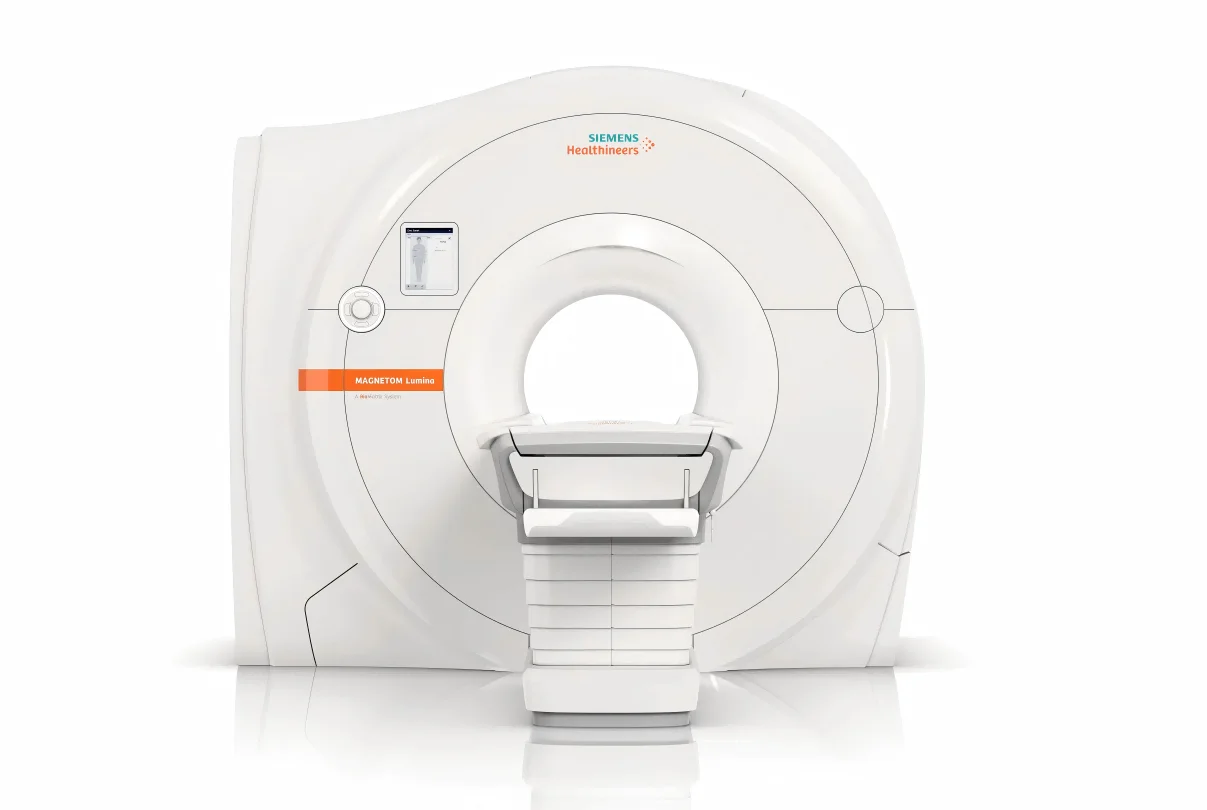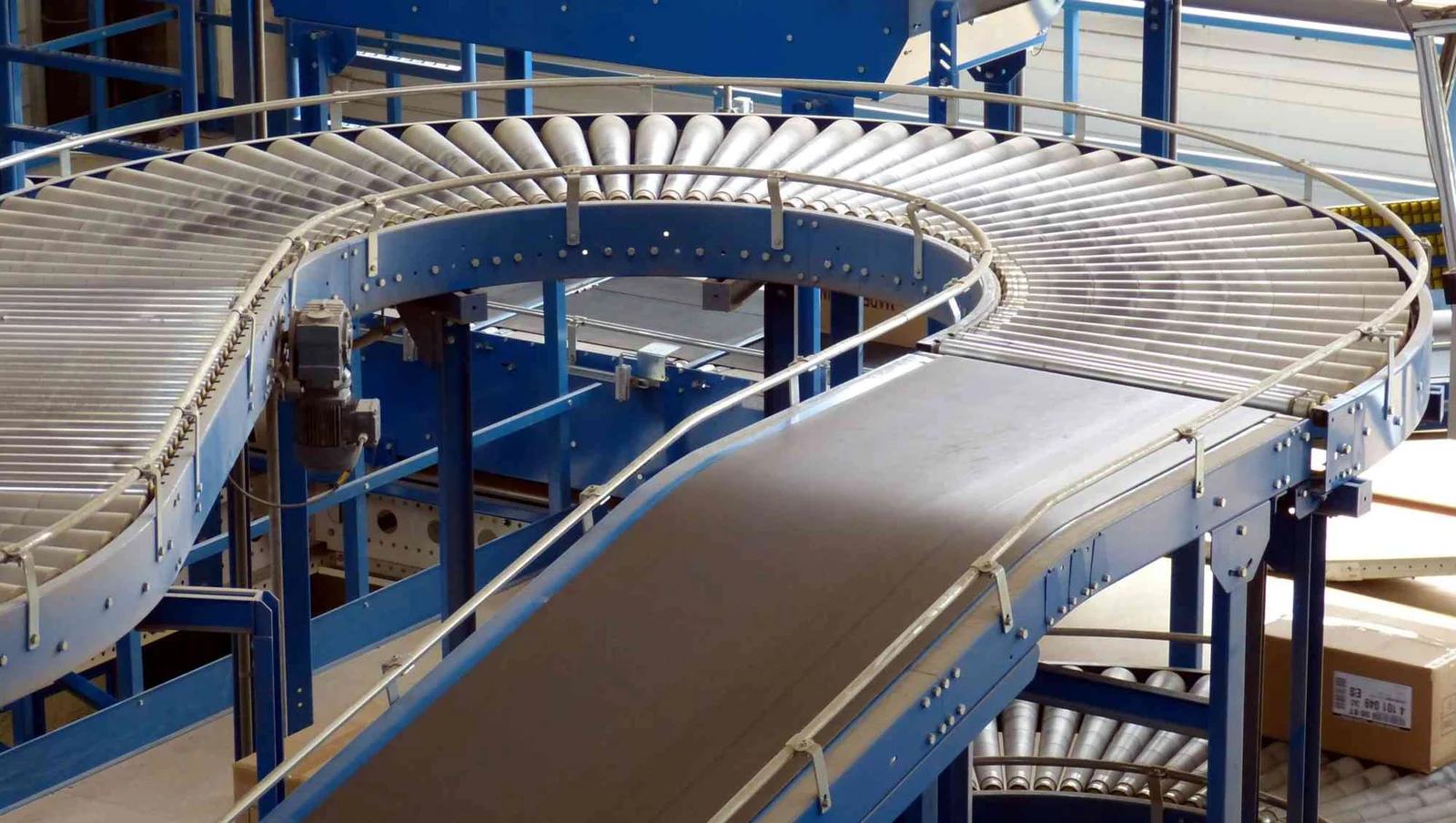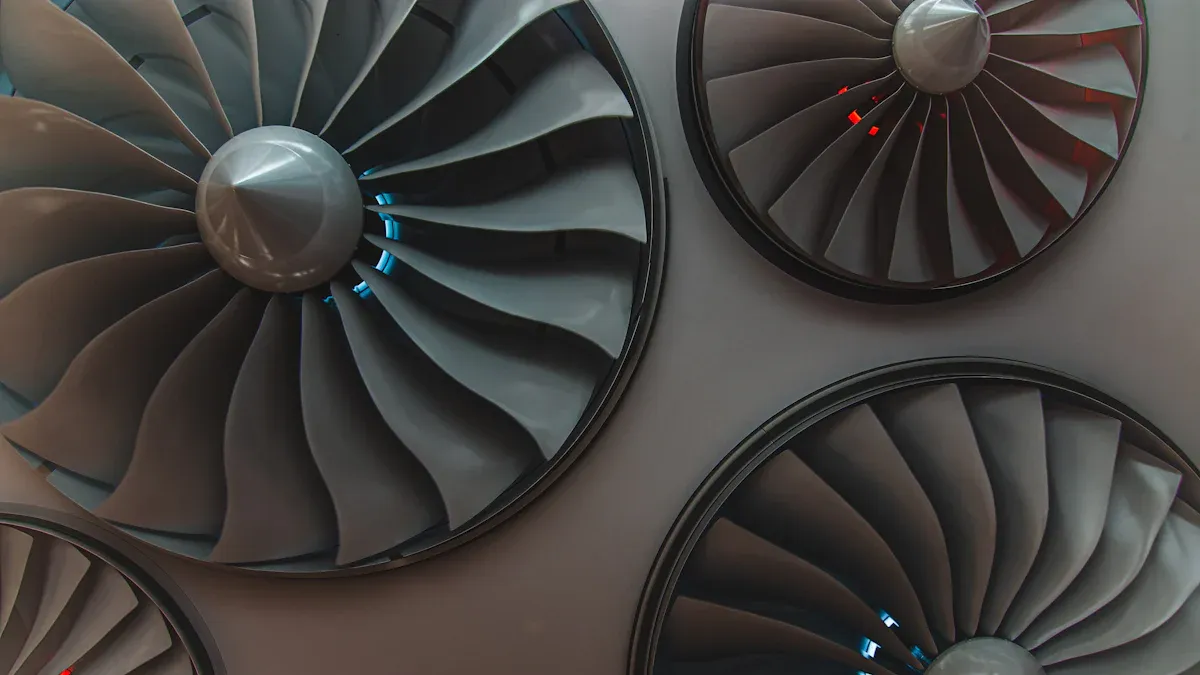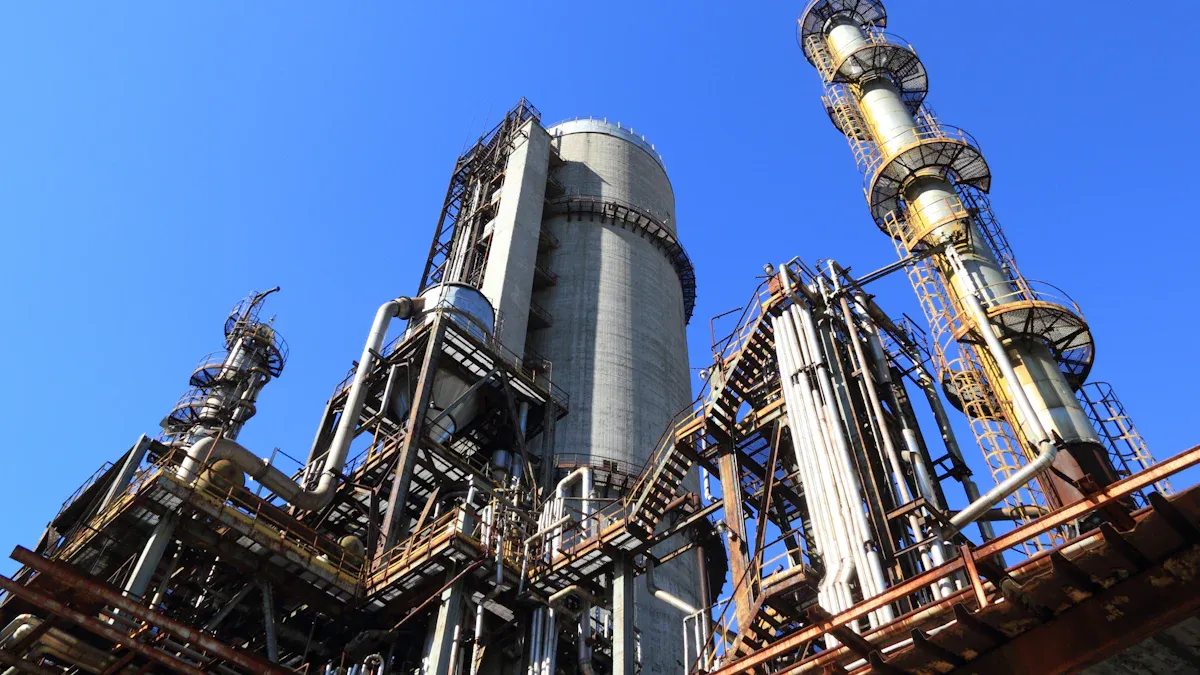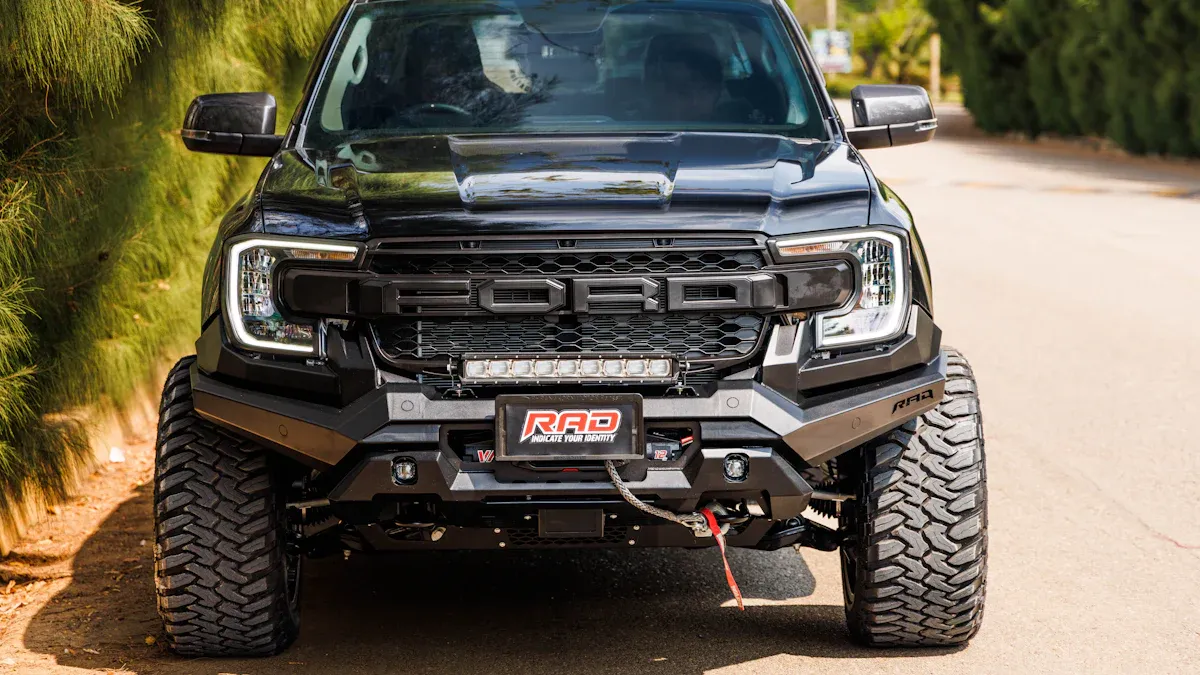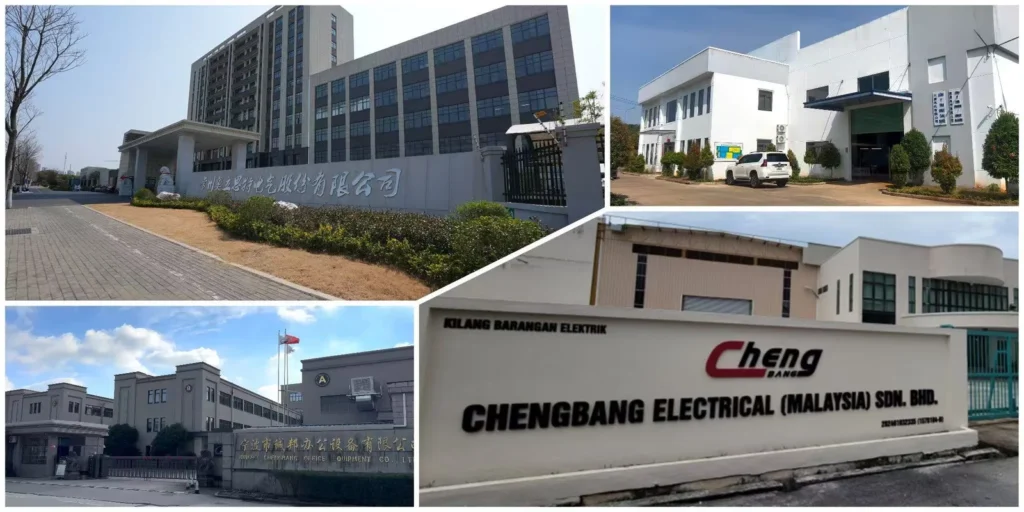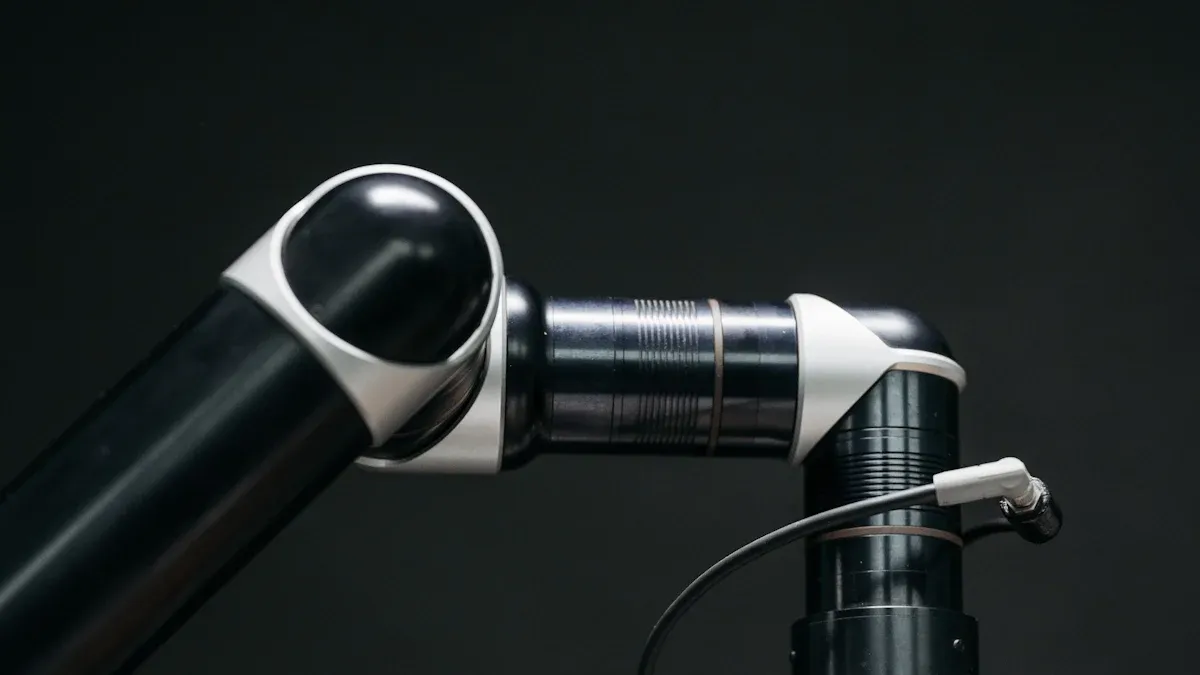
Precision motors help small industrial robots do important jobs. These jobs are in automation, medical devices, electronics, and logistics. Honest makes advanced motor solutions for these needs. These include Inner Rotor Brushless DC Motors, Gearmotors, and Electric Actuator Motors. These motors help save energy, work well, and can be customized. The market for these motors is getting bigger every year. Experts think it will grow by almost 5% each year until 2025. This is because more people are using robots, especially in the Asia-Pacific region.
Aspect
Projection / CAGR
Timeframe
Small Precision Motors Market
USD 11.34B (2024) to USD 16.43B
2026–2033
Robotics Segment
Integral to industrial robots
By 2025
Asia-Pacific Region
CAGR of 7.1%
2026–2033
Leaders now want smarter upgrades and new solutions. New motor technologies are changing the industry.
Key Takeaways
Precision motors help small robots work faster and better. They also help robots use less energy in many jobs.
Honest’s advanced motors, like brushless DC and gearmotors, help robots move with more control. These motors need less fixing and last longer.
These motors help with important jobs like assembly, medical devices, electronics, and moving things. They work very well and do not break easily.
New technology in 2025, like eGaN® motors and smart AI controls, make robots smaller and smarter. Robots can also change and do more things.
Customization and smart systems let companies change motors for their own needs. This helps save money and get robots ready for new problems.
Precision Motors in Industrial Robots

Key Functions
Precision motors are very important in small industrial robots. These motors help robots do many jobs in different industries. Some main jobs are:
Palletizing
Material handling
Packaging
Machining
Foundry and forging
Robotic welding and cutting
Pick and place
Die casting
Welding
These jobs need robots to be fast and accurate. Precision motors help robots do these jobs well in places like car factories, electronics, and metal shops. Honest has many kinds of motors, like Inner Rotor Brushless DC Motors and Gearmotors, that help with these important jobs.
Performance Benefits
Inner Rotor Brushless DC Motors from honest give robots good speed and control. These motors use special sensors and feedback systems. This helps robots move the right way and react quickly. The brushless design makes less friction and heat. This saves energy and helps the motor last longer.
Gearmotors from honest mix brushless DC motors with gearboxes. This gives more power and changes speed for different jobs. Planetary gearmotors can lift heavy things in robot arms. Spur gearmotors fit in small spaces. Worm gearmotors can lock in place to hold things up. The table below shows how these parts help robots work better:
Component | Contribution to Accuracy and Efficiency |
|---|---|
Inner Rotor Brushless DC Motor | – Good speed and position control |
Geared BLDC Motor | – More power with gearboxes |
In medical and electronics factories, precision motors make machines more reliable. These places need steady power and good control for sensors. Honest motors help by working the same way every time and making fewer mistakes. They also help meet safety and quality rules. Good power and smart motor control keep people and products safe.
Note: Precision motors from honest help small industrial robots work faster, more accurately, and with greater reliability. These benefits support smarter manufacturing and higher product quality across many industries.
Applications Across Industries
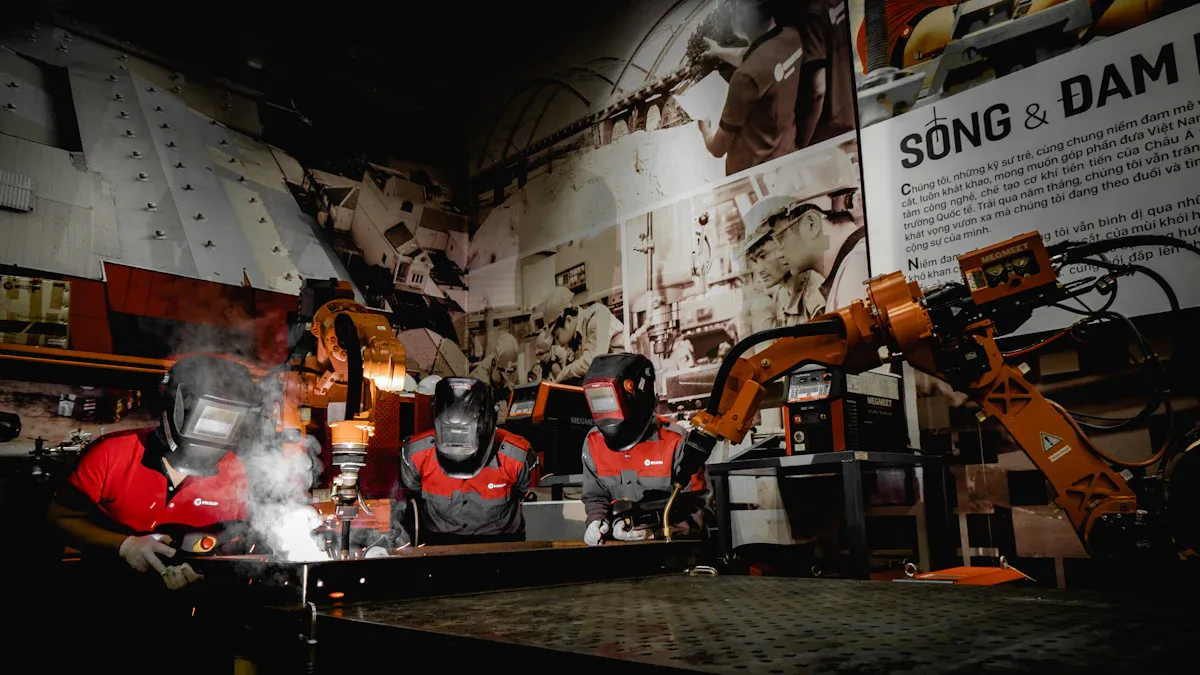
Assembly & Automation
Small industrial robots use precision motors to help in factories. They put parts together very carefully. Robots can solder small electronic pieces. They also help with cutting and polishing. Robots do welding and painting jobs too. This makes sure things are made the same way every time. In car and electronics factories, robots pick up and pack items. They also stack products on pallets. These jobs used to be done by people over and over. Honest’s Electric Actuator motors give the right amount of turning force. They also react quickly when needed. Their AC and DC motors work for fast or strong jobs. This makes them good for many assembly lines.
Help with cutting and polishing
Do welding and painting jobs
Pick up, pack, and stack products
Inspection & Testing Systems
Inspection and testing processes require motors that deliver reliable performance and long service life. Honest’s electric actuator motors deliver smooth operation and, under typical light-load or intermittent-use conditions, can be more energy-efficient than conventional single-phase AC induction motors. These motors can handle varying loads with minimal maintenance. Automated machines, such as CNC machines, enable robots to operate with consistent stability, ensuring repeatable inspection results and helping factories maintain high product quality.
Medical Devices
Precision motors in medical devices must be safe and work well. Honest’s motors are made to be efficient and not get too hot. They have strong insulation to keep them safe. These motors can be cleaned many times and still work. They are used in surgery robots and machines that help doctors find problems. You can change these motors to fit special controllers and filters. This keeps signals clear and patients safe. The design is easy to use and does not make people tired. These motors also follow IEC 60601 rules for safety in hospitals.
Can be cleaned and last long
Help tools move just right in surgery and tests
Electronics Manufacturing
Making electronics needs robots that work fast and well. Precision motors from honest help robots put parts together very closely. This means fewer mistakes and better work. New ways of making things, like CNC machines and robot checks, help do the same job every time. These motors help keep products the same and let workers know when to fix things. This means less waiting and more work done.
Logistics & Packaging
In packaging and moving goods, precision motors help robots move things fast and right. Special sensors help robots know where to go, even very small steps. Robots can move many parts at once and work together. Honest’s electric actuator motors save energy and reduce operational costs.They also help stop problems before they happen. These motors can be added to more robots when needed.
Move things to the right spot and change quickly
Help with moving and packing more things when needed
Note: In all these jobs, precision motors from honest help robots work better, faster, and more safely. This lets factories make better products and use smarter machines.
Emerging Solutions in 2025
Advances in Motor Technology
Small industrial robots are evolving rapidly in 2025, and one notable industry trend is the use of enhancement-mode gallium nitride (eGaN®) technology in motors. This technology can make motors smaller, faster, and more energy-efficient, while supporting high power and multiple voltage levels. Motors with advanced sensors improve control and safety, and their efficient thermal performance helps extend lifespan and reduce maintenance.
High-bandwidth sensing and protection features are also becoming more common, enabling robots to move smoothly and respond quickly. eGaN®-based motors are especially suitable for tight spaces, such as robot wrists and fingers, while higher-power versions support joints like elbows and knees. These trends are helping robots perform better in factories, hospitals, and labs.
Note: The market for small industrial robots is growing quickly. Automation, AI, and IoT are making robots smarter and more flexible. Collaborative robots, or cobots, are increasingly used to work safely alongside humans and take on new tasks.
Technology Feature | Benefit for Small Robots |
|---|---|
eGaN® Motor Drives | Higher efficiency, smaller size |
High-Bandwidth Sensing | Precise diagnostics and control |
Advanced Protection | Improved reliability and safety |
Wide Voltage Range | Flexible application |
Smart Control Systems
Smart control systems help robots think and act better. Motors now have AI and sensors inside. These sensors watch force, position, speed, and temperature. The motors use this data to change how they work. Microprocessors run programs that help robots move with great accuracy.
Robots can now learn from what they do. Machine learning helps them get better over time. For example, robot arms in factories use AI to put parts together and check quality. These arms get faster and make fewer mistakes. IoT lets robots talk to each other and share data. This helps with remote checks and fixing problems before they happen. If a motor starts to wear out, the system warns workers before it breaks.
New control systems use FPGA-based motion controllers. These help robots make quick choices. Robots can plan paths, avoid things, and work safely near people. Companies like ABB and Siemens use AI to make robots smarter and faster. Encoder technology is also better now. It gives robots better position sensing and faster data sharing.
Integration & Customization
Customization is very important for small industrial robots. Precision Motors can be made for special jobs. Engineers change motor parts, like using Hooke’s joints or carbon fiber. This makes robots stronger and lighter. These changes help robots carry more or move faster.
Custom motors help robots work in challenging environments, such as dusty factories or sterile hospitals. Modular designs allow companies to add or modify components as needed, enabling robots to perform more tasks and extend their service life. By planning early and working closely with clients, Honest ensures that motors integrate smoothly with control systems. Their global delivery network and strong R&D team support these custom solutions, while optimizing energy efficiency and smart drive systems to help reduce operational costs.
Tip: Customization lets companies build robots for their needs. This makes work easier and helps meet safety and quality rules.
Comparing New vs. Traditional Motors
Efficiency & Reliability
New precision motors, like Honest’s inner Rotor Brushless DC Motor and Gearmotors, work better and last longer in small robots. These motors use strong materials and small designs. They have special copper wires ,This helps them use energy well, over 90% efficient old motors, like brushed DC motors, waste more energy as heat and friction. Brushless DC motors make less noise and use less power. They also give robots better control of speed and strength. This means robots can move faster and do jobs more exactly.
Modern precision motors have smart sensors and connect to the internet. These features help watch the motors all the time and fix problems before they get worse. Robots stop working less often and break down less. The table below shows how old and new motors are different:
Feature | Traditional Motors | New Precision Motors |
|---|---|---|
Energy Efficiency | 70–80% | 90%+ |
Noise Level | High | Low |
Torque Density | Moderate | High |
Reliability | 5–7 years lifespan | 10–15 years lifespan |
Control Precision | Basic | Advanced (AI, IoT enabled) |
Note: New precision motors help small robots save energy, make fewer mistakes, and work better in tough places.
Maintenance & Lifecycle Costs
How much it costs to fix and keep motors working is important. Old motors need people to check and fix them a lot. They break more often, so robots stop working longer and cost more to repair. New precision motors use parts that are easy to change and smart tools to find problems. This makes fixing them easier and not needed as much.
Smart systems can find problems early. For example, sensors can tell if a part is loose before it breaks. This lets workers fix things when it is planned, saving money and stopping work less. These changes help lower yearly repair costs and make machines last longer.
Factor | Traditional Motors | New Precision Motors |
|---|---|---|
48 hours | 12 hours | |
Maintenance frequency | Weekly | Monthly |
Annual maintenance cost | $100,000 | $40,000 |
Unexpected breakdowns/year | 15 | 3 |
Equipment lifespan | 5–7 years | 10–15 years |
Tip: Picking new precision motors helps factories spend less, stop less, and keep robots working well for a long time.
Selection Guide for Decision-Makers
Key Criteria for Application Fit
Picking the right motor for a small robot takes careful thought. You need to match the motor’s features to what the robot will do. The place where the robot works is important too. Honest has many motors and can make special ones for different jobs. This helps you find the best motor for each use.
Criterion | Why It Matters for Small Robots |
|---|---|
The motor must move loads and operate at the right speed. | |
Precision and Control | Accurate movement and feedback are essential for robot tasks. |
Voltage and Power | The correct voltage ensures safe and efficient operation. |
Cost and Budget | Balancing price with performance keeps projects on track. |
Size and Form Factor | The motor must fit within the robot’s design. |
Environmental Factors | Motors must withstand dust, heat, or humidity as needed. |
Honest lets you customize options like shaft designs and gear ratios. These motors are tested to ensure safe and reliable operation, making them suitable for places like hospitals, car factories, and automated systems.
Tip: Think about how much the robot will carry, how fast it needs to go, and where it will work. Honest’s engineers can help you find the right motor for special needs.
Future-Proofing Considerations
To keep robots ready for new jobs, pick motors that can be changed or upgraded. Modular motors let you add new parts or safety features later. You do not have to buy a whole new system.
Smart controllers and IoT help you watch the motors all the time. They can tell you if something might break soon. This means less time fixing things and longer robot life. Safety features like Safe Torque-Off and speed checks keep people and machines safe.
Pick motors that can be changed or upgraded.
Make sure they work with smart controllers and networks.
Check if the motor can get new safety features later.
Choose motors that last long and come with good support.
Note: Honest helps companies build robots that last a long time and can handle new jobs. Their support and custom options make it easier to face new challenges.
FAQ
What makes honest’s precision motors suitable for small industrial robots?
Honest’s precision motors work well and respond quickly. They give robots strong control. Engineers can change these motors for different jobs. The motors use smart sensors and feedback. This helps robots do their work right in many places.
How do honest’s motors help reduce maintenance costs?
Honest’s motors have brushless designs and tough materials. These parts last longer and break less. Smart sensors find problems early. This lets teams fix things before they stop working.
Can honest customize motors for unique robotic applications?
Yes. Honest offers customizable options for shafts and gear ratios, allowing engineers to adapt motors to the specific needs of their robotic applications. This ensures the motor is well-suited for tasks in environments like hospitals, automotive factories, and automated systems.
What industries benefit most from honest’s motor solutions?
Industries like automation, medical devices, electronics, and logistics use these motors. Honest’s motors help robots move exactly, save energy, and last a long time.
How do smart control systems improve robot performance?
Smart control systems use sensors and AI to watch speed, force, and temperature. These systems help robots change how they work right away. This means robots make fewer mistakes and work safer.
